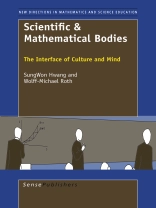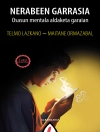This book is about the sensuous, living body without which individual knowing and learning is impossible. It is the interface between the individual and culture. Recent scholarship has moved from investigated knowing and learning as something in the mind or brain to understanding these phenomena in terms of the body (embodiment literature) or culture (social constructivism). These two literatures have expanded the understanding of cognition to include the role of the body in shaping the mind and to recognize the tight relation between mind and culture. However, there are numerous problems arising from ways in which the body and culture are thought in these separate research domains. In this book, the authors present an interdisciplinary, scientific initiative that brings together the concerns for body and for culture to develop a single theory of cognition centered on the living and lived body. This book thereby contributes to bridging the gap that currently exists between theory (knowing that) and praxis (knowing how) that is apparent in the existing science and mathematics education literatures.
Table of Content
Preface; Introduction: Toward a Theory of the Body in Scientific and Mathematical Cognition; PART A: FROM THE SENSE OF THE BODY TO THE BODY OF SENSE; 1 Mathematics in the Flesh; 2 Lectures as Corporeal Performances; PART B: THE ROLE OF THE BODY IN SENSE MAKING; 3 Literacy as Bodily Performance; 4 The Body in/of Mathematical Concepts; 5 Mathematical Inscriptions and Cultural Development; 6 Heterogeneous Performances and Linguistic Hybridity; PART C: THE BODY IN A STRANGE WORLD; 7 Learning – From the Perspective of the Unknown; 8 The Body in/of Research Ethics; Epilogue: Knowing in the Flesh; References; Index; About the Authors.












